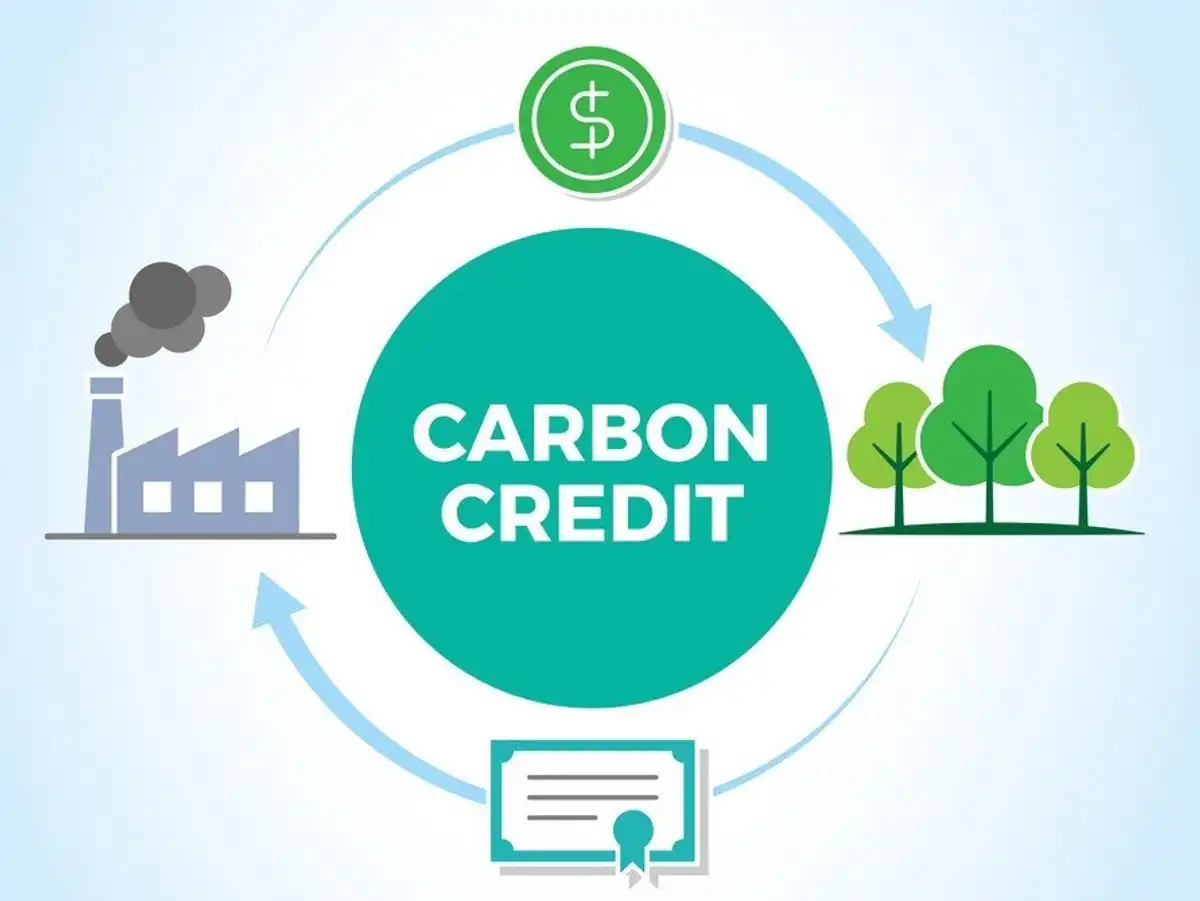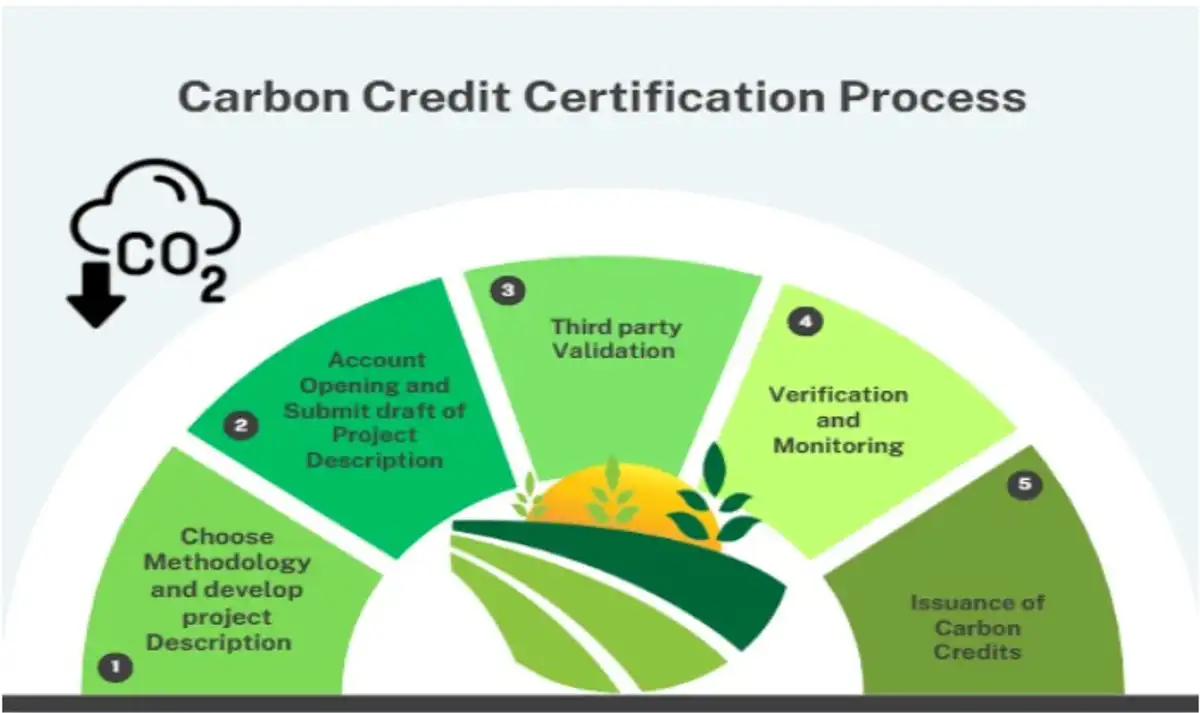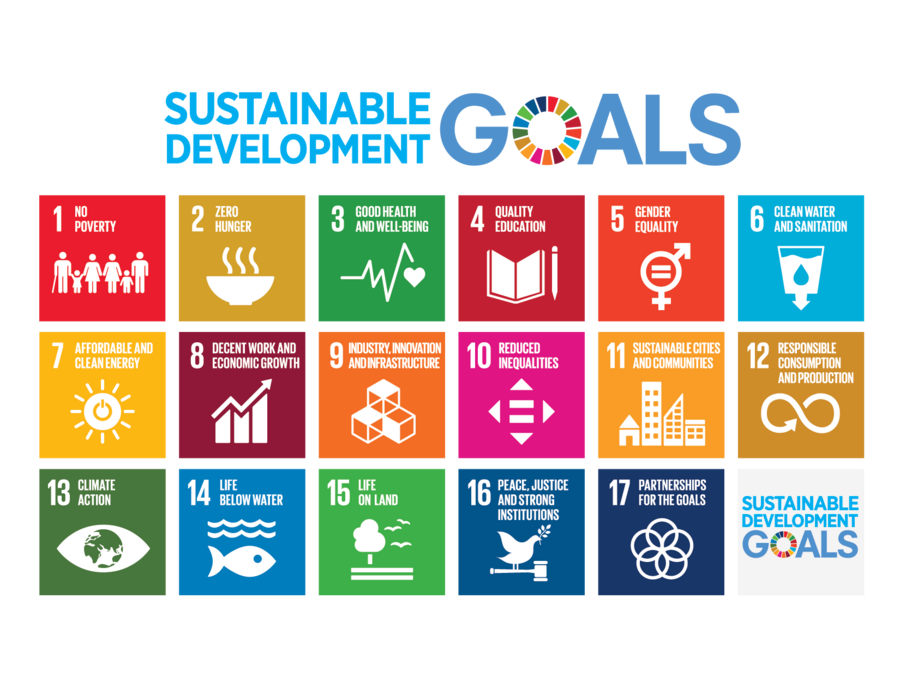01
Home
02
What We Do
03
Our Value Additions
04
About Us
05
Impact & Traction
06
Our Blog & Tech
Farming for a Greener Future: Understanding Carbon Credits in Agriculture
The Farming Carbon Credit Project in Bangladesh empowers farmers to reduce greenhouse gas emissions and earn carbon credits. With guidance from Krishi Shwapno, farmers adopt sustainable practices, reducing methane, CO₂, and nitrous oxide emissions from agriculture. Through certification from trusted organizations, farmers can enter the global carbon credit market, selling credits to companies aiming to offset their emissions. This initiative not only fights climate change but also provides farmers with additional income, helping to secure a sustainable future for agriculture in Bangladesh.
CARBON CREDIT
Updated: Nov 12th 2024
Published: Nov 11th 2024

Image: 1731314959011_WhatsApp%20Image%202024-11-11%20at%202.36.28%20PM.jpeg
Introduce to Carbon Credits:
In our fight against climate change, a powerful tool called carbon credits has emerged. You might wonder, what is a carbon credit? Imagine it as a permission slip that allows a limited amount of carbon dioxide (CO₂) or other greenhouse gases to be released into the atmosphere. Each carbon credit represents a specific amount of these emissions, and limiting the number of credits helps keep pollution under control. This concept first came about in the Kyoto Protocol, an international agreement to reduce greenhouse gases, like CO₂, methane, and nitrous oxide, which are the main culprits behind global warming.
Why Agriculture Plays a Role in Climate Change:
Agriculture contributes about 10% of all greenhouse gases that warm our planet. How does this happen? Livestock like cows produce methane, rice farming releases methane, and fertilizers used on crops release nitrous oxide. Additionally, when farmers burn leftover plant materials, it releases even more CO₂. In 2018, the Food and Agriculture Organization (FAO) reported that agriculture generated 9.3 billion tons of greenhouse gases. These gases act like a blanket around the Earth, trapping heat and causing global warming, which leads to climate change. Ironically, while agriculture is a source of emissions, it’s also one of the sectors most affected by climate change, with extreme weather, floods, and droughts impacting crop yields.
Carbon Credits: Helping Farmers and the Environment:
So, how does agriculture fit into the carbon credit picture? By reducing emissions, farmers can earn carbon credits, which they can sell in the carbon credit market. This is like a stock market, but instead of buying and selling shares, people and companies trade carbon credits. These credits represent a commitment to reducing emissions and are valuable, especially to companies aiming to reduce their carbon footprint.
Bangladesh’s First Decarbonization Farming Project:
In Bangladesh, where about 70% of the population relies on agriculture, a project will be being launched to help farmers participate in this carbon credit market called the Farming Carbon Credit Project, this initiative will help farmers and small agricultural businesses reduce their emissions and earn carbon credits that they can sell. With help from Krishi Shwapno, a group dedicated to sustainable agriculture, farmers will learn how to reduce greenhouse gases and get certified to enter the carbon credit market.
The Certification Process: How Farmers Can Join the Carbon Credit Market:
For Bangladeshi farmers to sell their carbon credits internationally, they need certification from trusted organizations. Some of these organizations are VERRA (USA), Gold Standard (Switzerland), and American Carbon Registry (ACR, USA). Here’s how the certification process works:
1. Choose Methodology and develop project Description: First, a detailed plan is created to show how emissions will be reduced. Choose relevant methodology which are developed under Clean Development Mechanism (CDM) by UNFCCC or methodology developed by various organization like VEERA.
2. Account Opening and Submit draft of Project Description: This document provides the specific steps and technical details of the project. Project timelines, requirements, location and stakeholder engagement.
3. Third-Party Validation: An independent organization reviews the project to make sure it meets international standards.
4. Verification and Monitoring: The project is monitored over time to confirm its reducing emissions as promised.
5. Issuance of Carbon Credits: Once verified, the project receives carbon credits after getting certification, then carbon credit can be sold in the market.

How Krishi Shwapno Will help Farmers Enter the Carbon Credit Market:
Krishi Shwapno will guide farmers and small agri-businesses through each step, ensuring they meet the certification requirements. By following these steps, farmers in Bangladesh can participate in the carbon credit market and sell credits to companies looking to offset their emissions. This not only helps the environment but also provides farmers with extra income.
The Future of Farming and Our Planet:
The Farming Carbon Credit Project is a big step toward reducing greenhouse gases from agriculture in Bangladesh. By helping farmers reduce emissions, earn carbon credits, and enter the international carbon market, this project aims to protect our environment and support farmers’ livelihoods. Together, we can create a future where farming benefits both people and the planet, paving the way for a greener, more sustainable world.
Keywords
Scroll to top
Contact
Head office: Hose #67, Road #10, Monsurabad Housing, Adabor, Mohammadpur, Dhaka-1207
Regional Office Manikganj: KitingChar, Joymontop, Singair, Manikganj
Regional Office Kurigram: Nageshwari bus stand, Vurungamari road, Nageshwari, Kurigram.
contact@krishishwapno.com
+880 1840018503 (whatsapp)
© All copyright 2024
Powered by
thinkcrypt.io

